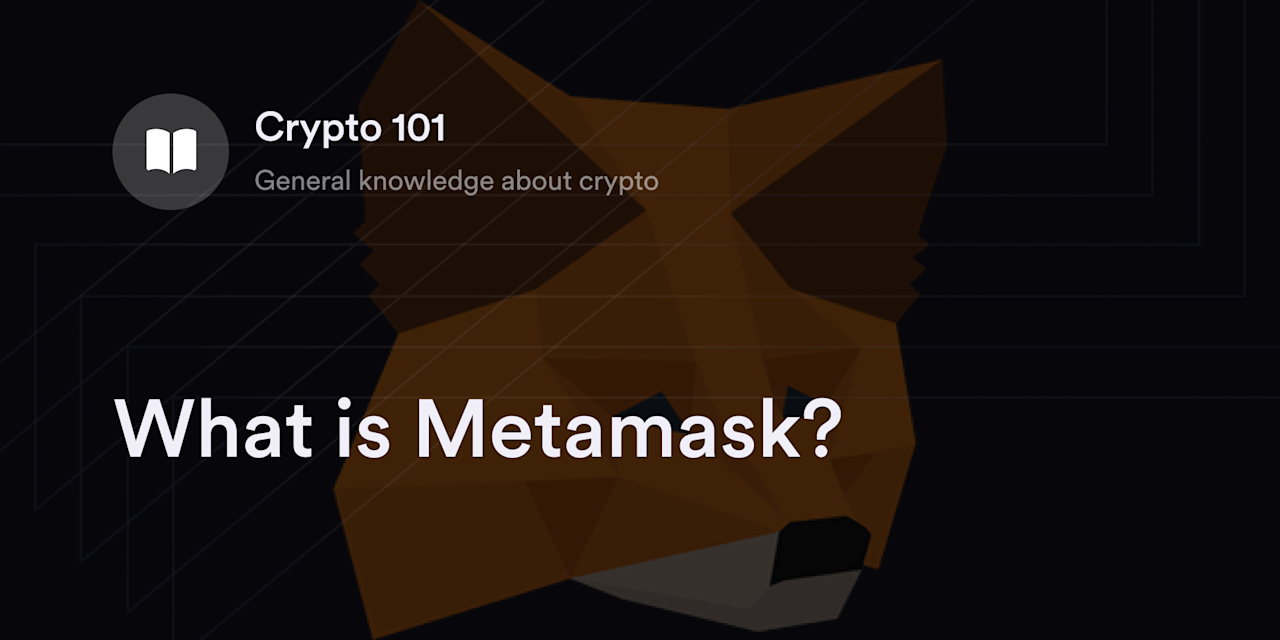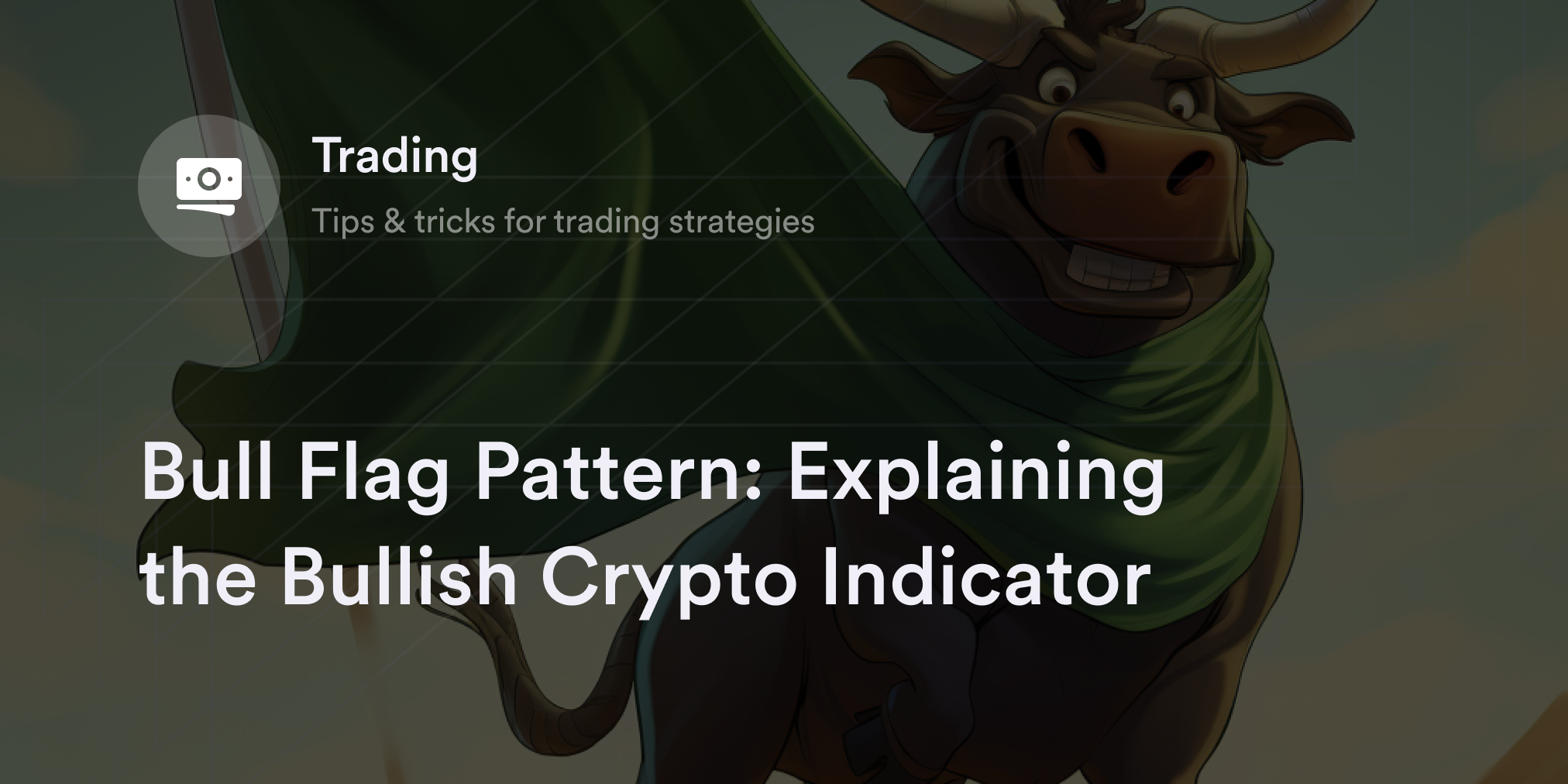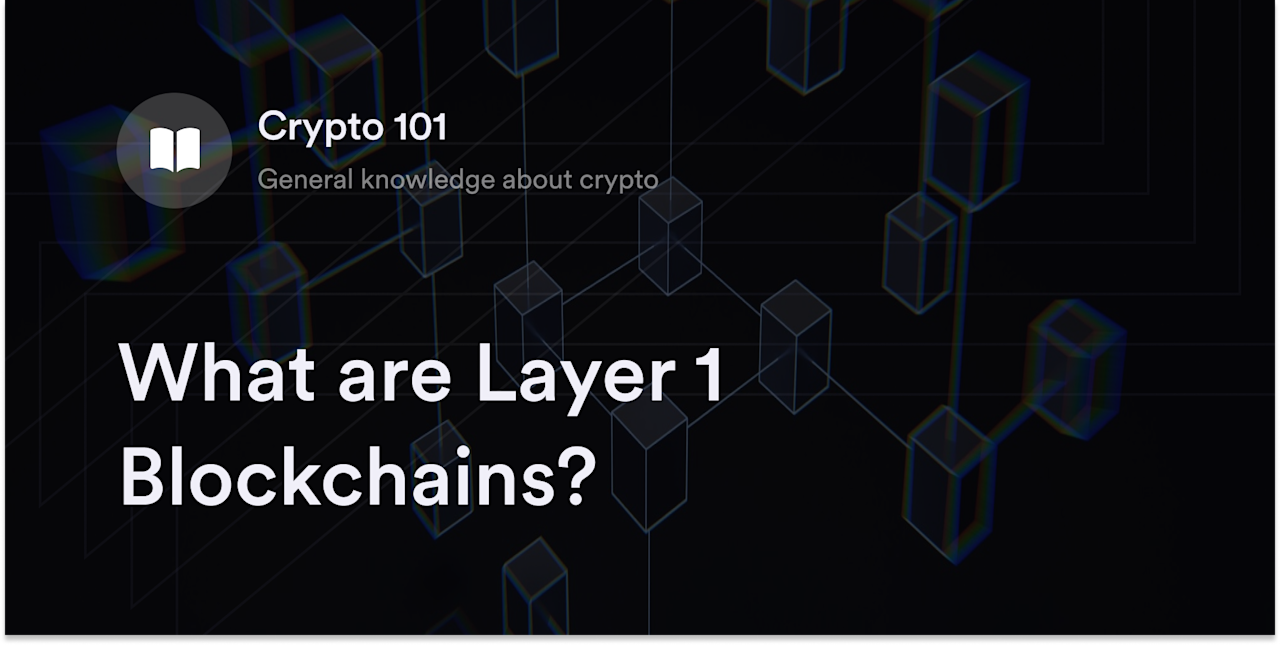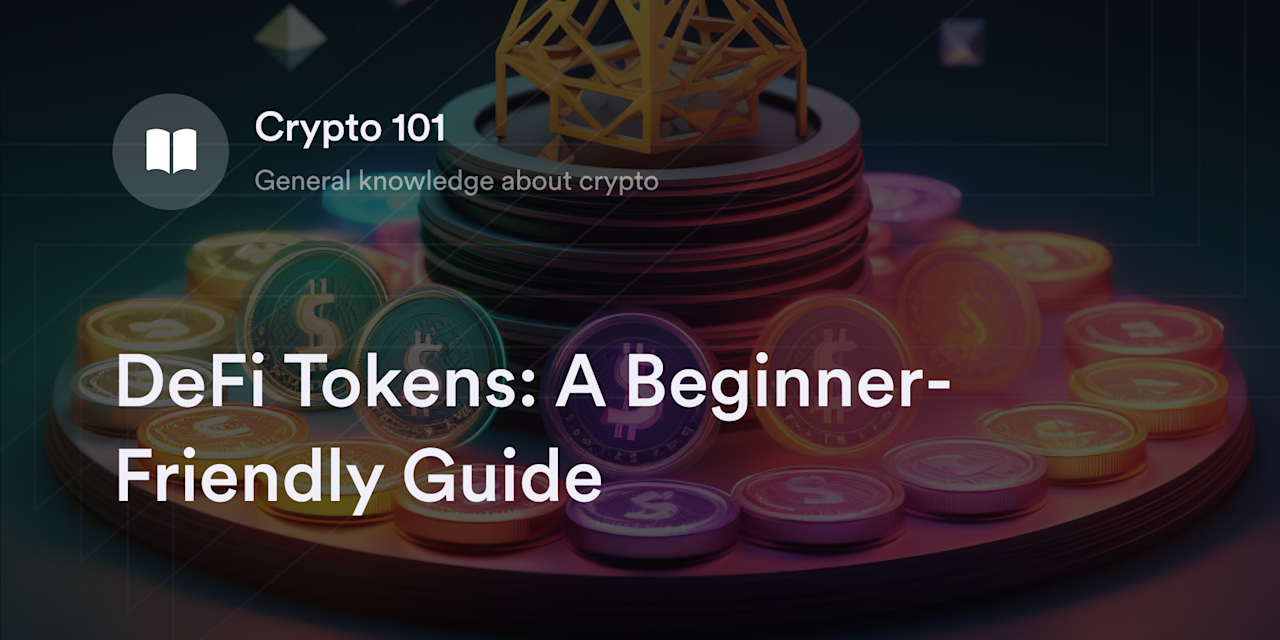
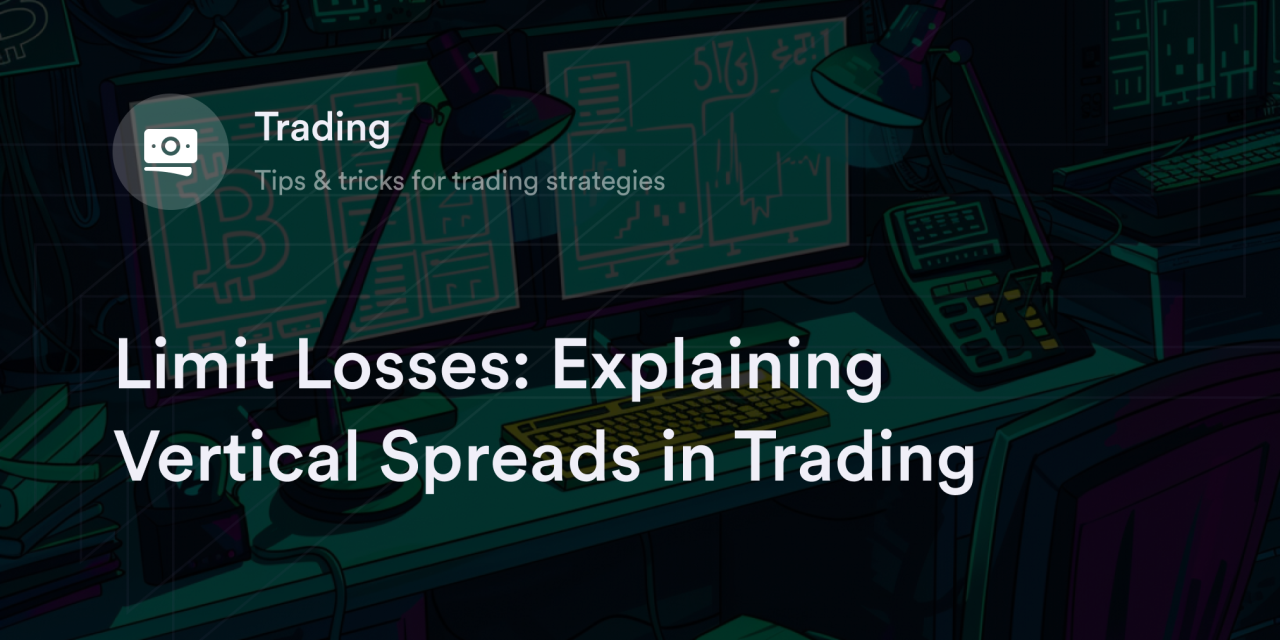

Traders often speculate on asset price movements or hedge against market risks with significant flexibility with options trading, a versatile investment approach. A tactic that supports this strategy is the vertical spread, which involves the simultaneous purchase and sale of options of the same class and expiration date but differing strike prices.
In this guide, we’ll discuss the fundamentals of vertical spread, including what it is, its two basic types, and its benefits. We’ll also explore a real-world example to solidify the concept.
What is a vertical spread?
A vertical spread involves buying and selling two options of the same type, either puts or calls, with different strike prices and the same expiration date. In most cases, traders expecting an asset to move in a particular direction, but only to a moderate degree, employ this strategy. However, a vertical spread typically doesn’t bode well during dramatic price movements.
Traders can limit maximum losses by buying and selling options at different strike prices. However, this principle goes both ways––sometimes limiting the maximum profit achievable. The premium received from selling options also works to offset the cost of premiums paid when purchasing them.
In cryptocurrencies, specifically, using vertical spreads can be a way to hedge against market volatility or speculate on price movements with a controlled level of risk. The maximum profit and loss are known in advance, which is a key advantage of this strategy. However, trading options in crypto requires a deep understanding of both the options market and specific crypto dynamics. Options trading in crypto is subject to unique risks, including lesser regulatory protections and potentially lower liquidity than traditional financial markets.
Types of vertical spreads
Trading option spreads optimally depends on the type of vertical spread, which itself depends on prevailing market conditions. Vertical spread options primarily come in two varieties, which are further divided into four types––based on whether a trader’s sentiment about the asset is bullish or bearish, and the options involved are puts or calls.
1. Bull vertical spread
This is used when a trader anticipates an underlying asset’s upward price movement. It involves buying a call option at a specific strike price while simultaneously selling another one at a higher strike price. The goal is to benefit from the increase in the underlying asset’s price up to the higher strike price of the sold call.
It’s further segmented into two types:
Bull call spread
In a bull call spread, a trader buys a call option at one strike price and sells a call option with a higher strike price. Opening a bull call spread results in a net debit at the outset because the premium on the option at the lower strike price costs more than the premium received through selling the higher-priced option. It can be a good idea when calls are expensive due to high volatility, and the trader expects moderate upward price movement.
For this type of vertical call spread,
Max profit = Spread between the strike prices - net premium paid
Max loss = Net premium paid
Break-even point = Long call's strike price + net premium paid
Bull put spread
In a bull put spread, a trader buys a put option at one strike price and sells a put option with a higher strike price. Opening a bull call spread results in a net credit because of the differences in premium costs between the options bought and sold. The bull put spread can be a good strategy for earning premium income in relatively static markets.
For a bull put spread:
Max profit = Net premium received
Max loss = Spread between the strike prices - net premium received
Break-even point = Long put's strike price - net premium received
2. Bear vertical spread
This strategy is employed when a trader expects a downward price movement. It involves buying a put option at a certain strike price and selling another put option at a lower strike price. The trader profits if the underlying asset’s price falls below the bought put’s higher strike price.
It’s further bifurcated into two types:
Bear call spread
Bear call spreads reverse the order of bull call spreads: A trader buys a call option at one strike price while selling a call option with a lower strike price. This results in a net credit at the outset. Bear call spreads can work well during high volatility and moderate downward price movements.
For this type of vertical spread:
Max profit = net premium received
Max loss = Spread between the strike prices - net premium received
Break-even point = Short call's strike price + net premium received
Bear put spread
In the bear put spread, a trader buys a put option at one strike price and sells a put option with a lower strike price. This results in a net debit. Unlike the other types of vertical spread, the bear put spread can be a good idea even during significant downward price movements.
For the bear put spread:
Max profit = Spread between the strike prices - net premium paid
Max loss = Net premium paid
Break-even point = Long put's strike price - net premium paid
Credit and debit spreads
Each type of vertical spread results in a net credit or debit at the outset, depending on the costs and proceeds of the premiums involved. Debit spreads—bull call spread and bear put spread—result in a net debit and are often used to offset premium fees. Conversely, credit spreads—bull put spread and bear call spread—tend to focus more on limiting risk.
In every case, the premium received in selling an option helps offset the premiums paid in buying the other option. This is one of the key advantages of using vertical spreads.
The other advantage of vertical spreads is the ability to constrain maximum losses to a precise level. This ensures traders know exactly how much they stand to lose if price movements don’t pan out as expected. The tradeoff is that profits are also capped.
Example of vertical spread
Now that we know how vertical spreads work, let's take a look at an example to understand their real-world application.
For this example, we'll use a bull call spread with Bitcoin (BTC) as the underlying asset.
Suppose BTC’s current price is $40,000, and a trader believes Bitcoin will rise moderately over the next month.
Steps to create the bull call spread
Buy call option
A trader buys a call option on BTC with a strike price of $41,000 (close to the current price) expiring in one month. For this option, they pay a premium of $1,000.
Sell call option
Simultaneously, they sell another call option on BTC with a higher strike price of $43,000, expiring on the same date. For selling this option, they receive a premium of $500.
Cost and potential outcome
Net premium paid: $1,000 (paid) - $500 (received) = $500 (net outlay).
Maximum profit: Calculated as the difference between the strike prices minus the net premium paid. In this case, ($43,000 - $41,000) - $500 = $1,500.
Maximum loss: Limited to the net premium paid, which is $500 in this scenario.
Break-even point: Lower strike price + net premium paid. Here, $41,000 + $500 = $41,500.
Trade dynamics
If BTC rises above $41,500 but stays below $43,000 at expiration, the trader will profit. The closer it is to $43,000, the higher the profit––up to a maximum of $1,500.
If BTC exceeds $43,000, the profit remains capped at $1,500 due to the sold call.
If BTC stays below $41,000, both options expire worthless, and the trader’s loss is the net premium of $500.
Overall, a vertical spread like this allows traders with a moderately bullish outlook on cryptocurrencies like BTC to participate in potential upsides while limiting downside risk and reducing the initial cost compared to buying a call option outright.
Learn more about trading with dYdX Academy
Looking to up your trading game? Turn to dYdX Academy, our in-house education hub that includes guides on all things trading and web3. While dYdX doesn't offer options trading, it offers perpetuals instead, which allow traders to speculate on underlying assets without an expiry date tied to contracts.
dYdX also offers eligible traders a premier decentralized trading platform with up to 20x buying power and low fees. Find out more about the platform and the dYdX Chain on our official blog, and eligible traders can start trading on dYdX today.
Disclosures
The content of this article (the “Article”) is provided for general informational purposes only. Reference to any specific strategy, technique, product, service, or entity does not constitute an endorsement or recommendation by dYdX Trading Inc., or any affiliate, agent, or representative thereof (“dYdX”). Use of strategies, techniques, products or services referenced in this Article may involve material risks, including the risk of financial losses arising from the volatility, operational loss, or nonconsensual liquidation of digital assets. The content of this Article does not constitute, and should not be considered, construed, or relied upon as, financial advice, legal advice, tax advice, investment advice, or advice of any other nature; and the content of this Article is not an offer, solicitation or call to action to make any investment, or purchase any crypto asset, of any kind. dYdX makes no representation, assurance or guarantee as to the accuracy, completeness, timeliness, suitability, or validity of any information in this Article or any third-party website that may be linked to it. You are solely responsible for conducting independent research, performing due diligence, and/or seeking advice from a professional advisor prior to taking any financial, tax, legal, or investment action.
You may only use the dYdX Services in compliance with the dYdX Terms of Use available here, including the geographic restrictions therein.
Any applicable sponsorship in connection with this Article will be disclosed, and any reference to a sponsor in this Article is for disclosure purposes, or informational in nature, and in any event is not a call to action to make an investment, acquire a service or product, or purchase crypto assets. This Article does not offer the purchase or sale of any financial instruments or related services.
By accessing this Article and taking any action in connection with the information contained in this Article, you agree that dYdX is not responsible, directly or indirectly, for any errors, omissions, or delays related to this Article, or any damage, injury, or loss incurred in connection with use of or reliance on the content of this Article, including any specific strategy, technique, product, service, or entity that may be referenced in the Article.
